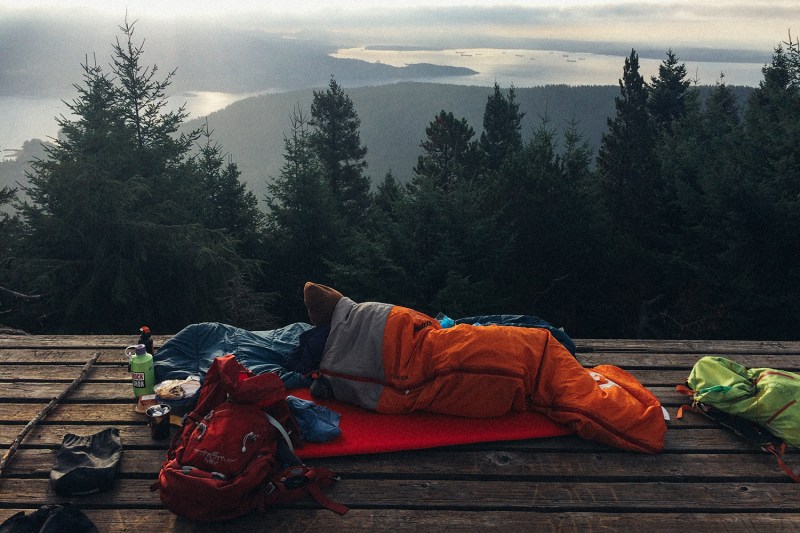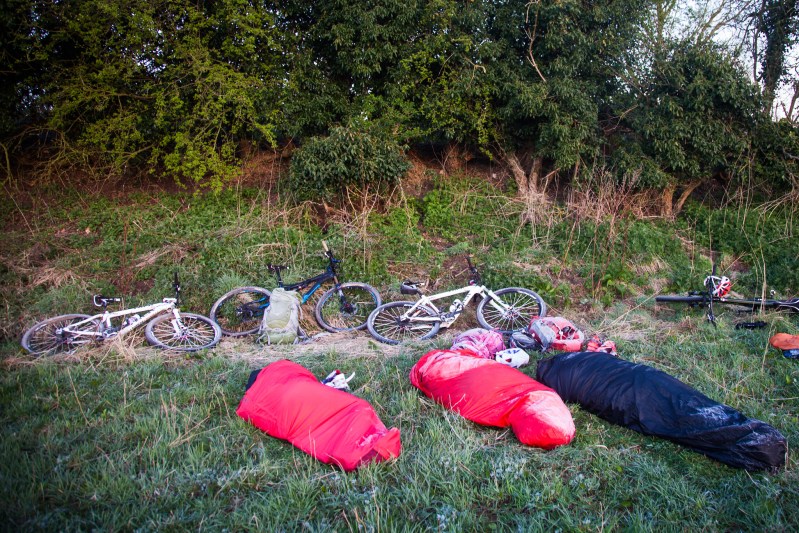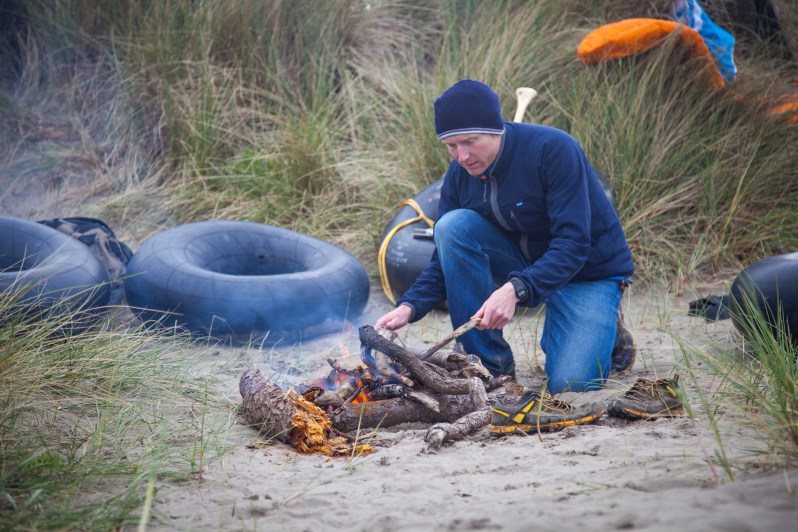
Alastair Humphreys wanted to be an adventurer.
After college, he set out on a round-the-world bicycle trip that took four years. Since then he’s run across the Sahara desert, rowed the English Channel, walked across India, rowed the Atlantic ocean, and dragged a cart of gear 1000 miles across the Arabian Peninsula’s Empty Quarter.
He started trying to be the heroic adventurer and succeeded by all the traditional accounts. Then he stopped. Why?
Since returning from his bike trip, Humphreys has made a living writing books about his adventures and doing motivational talks around the world. During those talks, people would complain they don’t have months to go off for grand adventures like his. He was an “adventurer.” They were just “normal.”
Humphreys wanted everyone to go outside and move and have an adventure. Life is better when you move and get fresh air. The thought gnawed at him. How was he different from anyone else? Couldn’t anyone take a bus, car, or train out of the city and sleep on a hill and be back for work in the morning? Humphreys lives in London by the way. “Can adventure be smaller and closer to home?” he pondered.
At that same time, staying closer to their wife and two young kids at home grew more important. So in 2011, he committed to a year of microadventures.
What Is a Microadventure?
“A microadventure is an adventure that is short, simple, local, cheap — yet still fun, exciting, challenging, refreshing and rewarding,” Humphreys tells The Manual. With many people staying close to home right now, it’s the perfect way to get out on an adventure, even if it’s just your backyard.

A favorite of Humphreys is leaving work at 5, heading out of the city by train, and sleeping on a hill. Even starting from his home in London, Humphreys can find a spot to wild camp less than 30 minutes from the city. You can spend the night out in the woods, watch the sun rise, and “be back at your desk by 9, crumpled but happy.” With the 16 hours between work each day, you can have a “5 to 9 adventure.”
The main point is that adventures don’t have to be massive logistical and financial undertakings. Microadventures can happen on a weeknight in between work and still give you all the benefits of shaking up your routine, getting fresh air, and moving your body.
“I didn’t want Microadventures to be a dilute form adventure. I wanted them to be a concentrated form, distilled, like a shot of espresso.”
In his Microadventures introduction video Humphreys bikes, rafts, kayaks, tubes, and hikes to dozens of beautiful places without leaving the U.K., which is about the size of Michigan.
How Do You Plan a Microadventure?
When should you do a microadventure? Any time! They can be done in between work on a weeknight or weekend nights. Any night of the week is perfect for microadventures.
Where can you do a microadventure? Anywhere that’s legal to camp is a great place to set up for the night. When you camping for one night with lightweight and small camp gear you don’t need much room.
With free dispersed camping in the U.S. almost every National Forest, Bureau of Land Management District, or Wildlife Management Area is a free place to camp. Of course, any paid campsite is a great place to camp as well.
Your backyard is also a great place to camp! You don’t have to carry tents or blankets far and it’s only a few yards to the toilet!
What Gear Do You Need for a Microadventure?
A key ingredient to microadventures how easy they are to do. Pack a few things in a small bag and head to your favorite place to camp for the night. At the very core, you’ll need:
- Sleeping bag
- Sleeping mat
- A light
- Food and water.
That’s it. Start small and work up from there. Bivvy bags are waterproof bags that fit over your sleeping bag. They can keep your drier in case there is dew or a bit of rain. A small tarp works well, pitched on an angle above where you are sleeping. If you want to stay away from the bugs a small tent isn’t much more to carry and can be split between multiple people.

One important tenet to microadventures is to leave no trace. Never leave garbage behind and leave the area you camped better than before. Try to take out any garbage you find. This helps keep good microadventure locations open for use.
Just Start
The key is to start small but start.
Humphreys knows everyone can do a microadventure and feel amazing after. “They’re simple enough for a child to do,” he says. With everything that’s going on in the world, I think we can all use a little bit of microadventure in our lives.


